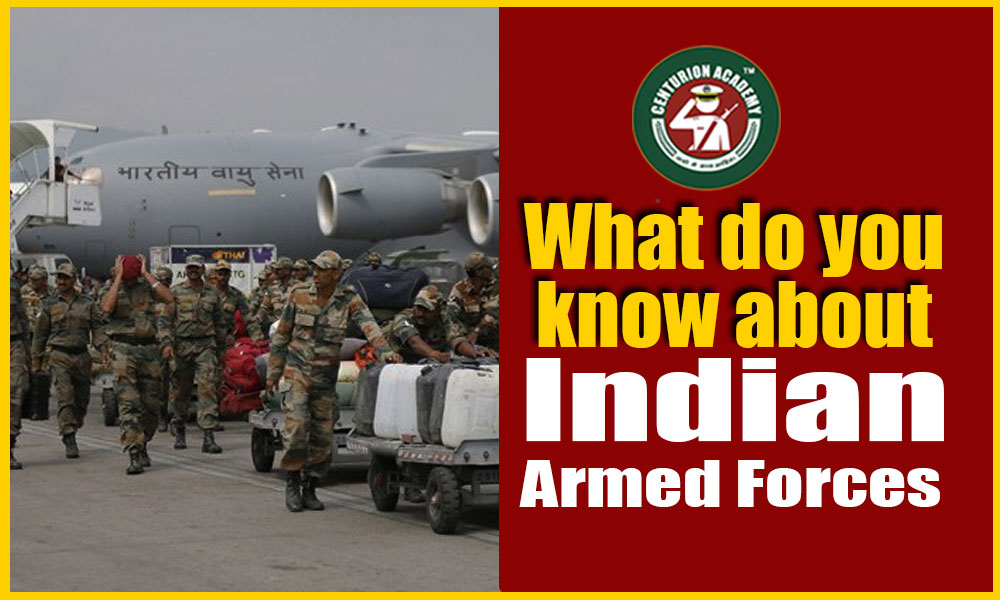
What do you know about Indian Armed Forces
GOING BEYOND WHAT’S POSSIBLE
The life of defence personnel is a life on edge! Not only does he combat complex situations in his service but also face the same during the SSB interview. One such dicey question often seen rising in the interview is “what do you know about the Indian Armed Forces?”
Monumental as it is, the topic covers a wide range of information. When it comes to Defence you better push your boundaries of knowledge and unlock the gate to an impressive answer. So here is an udderly fantastic answer on Indian Armed Forces brought exclusively for you:
An amalgamation of 3 uniformed services: Indian Navy, Indian Air Force, and Indian Army, the Indian Armed Force is the heavily armed organization of India. It is managed by the Ministry of Defence of Government of India. Talking about the numbers, the Indian Armed Forces is the 2nd largest military force in the world and has the largest volunteer army. The headquarters is situated in New Delhi and the President of India is the supreme commander of Indian Armed Force. The organization celebrates 7th December as Armed Forces Flag Day. Dispatching the aim, the main concerns of Indian Armed Force incorporates:
- Supporting civil community during need (disasters)
- Asserting territorial integrity
- Defend the country if attacked by foreign agency
- Participate in UN peacekeeping session
From Sainik schools, Military schools, NDA to AFMC and CDM, the Indian Armed Forces has widespread bunch of military academies across the nation. So if you are looking for ways to join hands with the Indian Armed Forces then prepare for your entry in the above.
Moving ahead let me dissect the Army- Navy- Air Force trilogy throwing light individualistically:
INDIAN ARMY:
The largest fraction of I.A.F, the Indian Army is the 2nd largest Army in the world. President of India is the supreme commander of Indian Army and the headquarters are located in New Delhi. The organization is further commanded by the Chief of Army Staff (COAS). General Bipin Rawat is currently heading the post of the COAS. It is divided into 7 commands namely: Central, Eastern, Northern, Southern, South Western, Western, and Army Training Command.
Talking about the objectives, the Indian Army works to safeguard national security and national unity; protect the country from external and internal threat; and maintain peace. Be it Operation Vijay, Operation Meghdoot , or the Kargil war Indian Army has always made India proud. It has an extensive rank structure incorporating: Field Marshal, General, Lieutenant General, Major General, Brigadier, Colonel, Lieutenant Colonel, Major, Captain, Lieutenant, Subedar Major, Subedar, and Naib Subedar.
INDIAN NAVY:
Governed under the President of India as the Supreme Commander, the Indian Navy is a three- dimensional navy branch of the Indian Armed Forces. The chief of Naval Staff commands looks governs this branch. The current CNS is Admiral Karambir Singh.
The Indian Navy works relentlessly on, above, and down the water. It is divided into 3 commands: western naval command, southern naval command, and eastern naval command. Talking about the rank structure, Indian Navy is divided into broad categories: Officers and Sailors which is further divided into: Officers- Admiral, Vice Admiral, Rear Admiral, Commodore, Captain, Commander, Lieutenant Commander, Lieutenant, Sub Lieutenant, And Midshipman; Sailors- Master Chief Petty Officer 1st Class, Master Chief Petty Officer 2nd Class, Chief Petty Officer, Petty Officer, Lending Rate, Seaman 1st Class and Seaman 2nd Class.
What does it do? Well the prime function of Indian Navy lies in protecting Indian maritime border, to defeat any threat against the nation, to conduct disaster- relief operation and promote bilateral relation.
INDIANAIR FORCE:
Established in 1932, the Indian Armed Force has its headquarters in New Delhi. Its motto has been taking from Gita aiming to overwhelming the adversaries with application of aeroscope power. President of India is the supreme commander and Chief of Air Staff , a four staff air chief marshal governs this department. The current CAS Air Chief Marshal Birender Singh Dhanoa.
This segment of the I.A.F is divided into 5 operational commands: Central Air Command, Eastern Air Command, Southern Air Command, South Western Air Command, Western Air Command, Training Command, and Maintenance Command. It aims to safeguard the Indian Airspace and provide aerial support to the Indian Army.
Not to mention the rank structure would be a big miss so note the following:
Chief Of Air Staff, Vice Chief Of Air Staff, Deputy Chief Of Air Staff, An Officer In Charge Of Air Administration, Officer In Charge Of Personnel, Officer In Charge Of Maintenance, Director General Of Inspection And Flight Safety, Director General Of Air Operation, Director General Of Works And Ceremonial, and Director General Of Medical Services.
Such is the chronicle of the Indian Armed Force! Intense, thrilling, deeply nationalistic, modernized, well organized and uniform in all spheres the Indian Armed Force stands as the best military strata and we dream to see the count of Defence personnel rising in coming years. So let the rise begin with you!
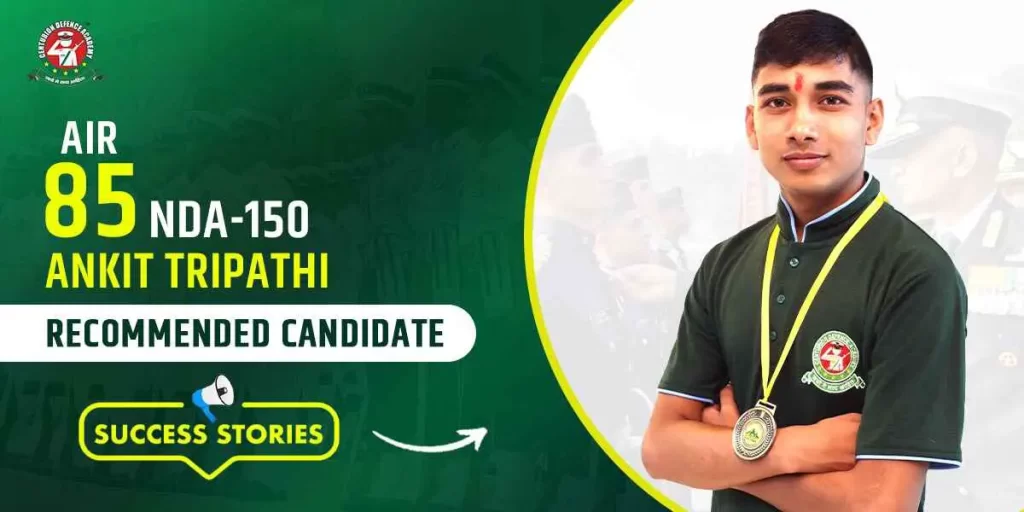
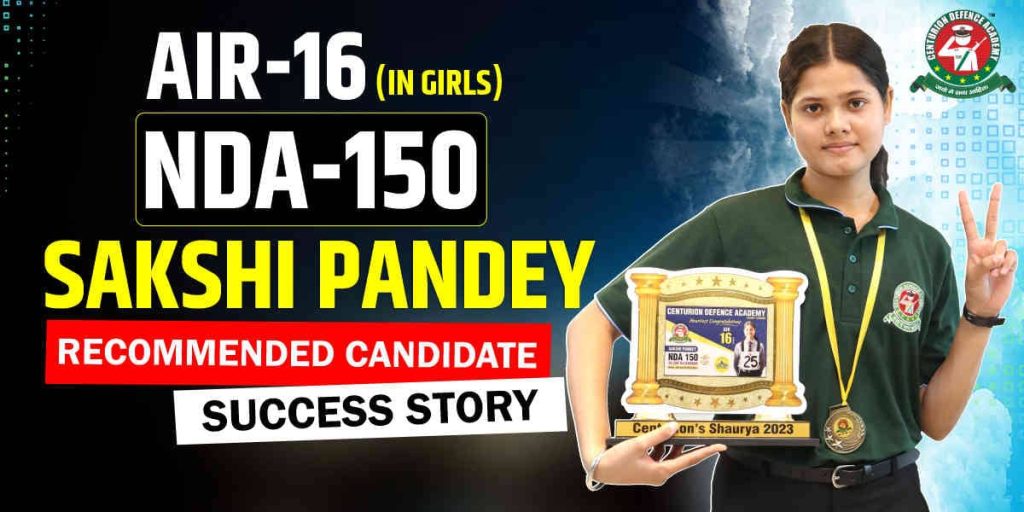
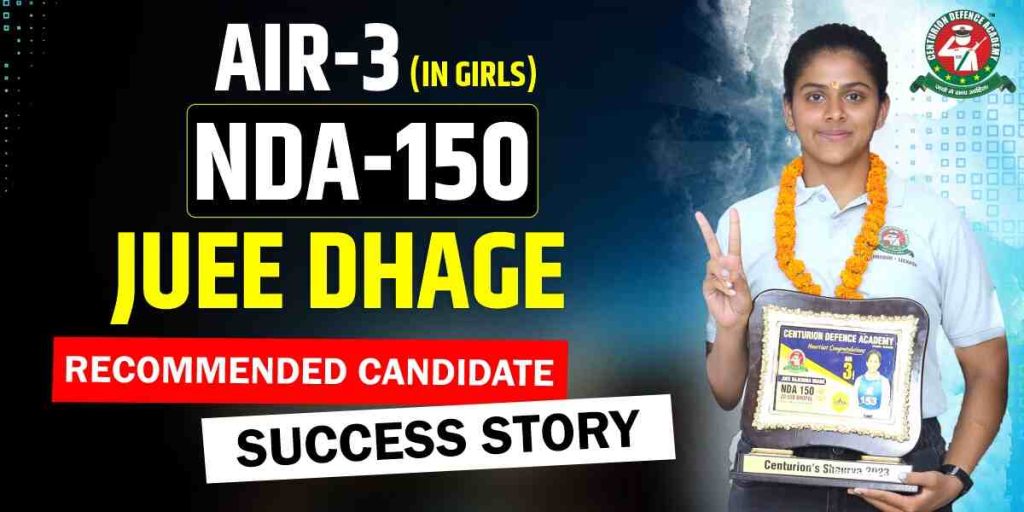






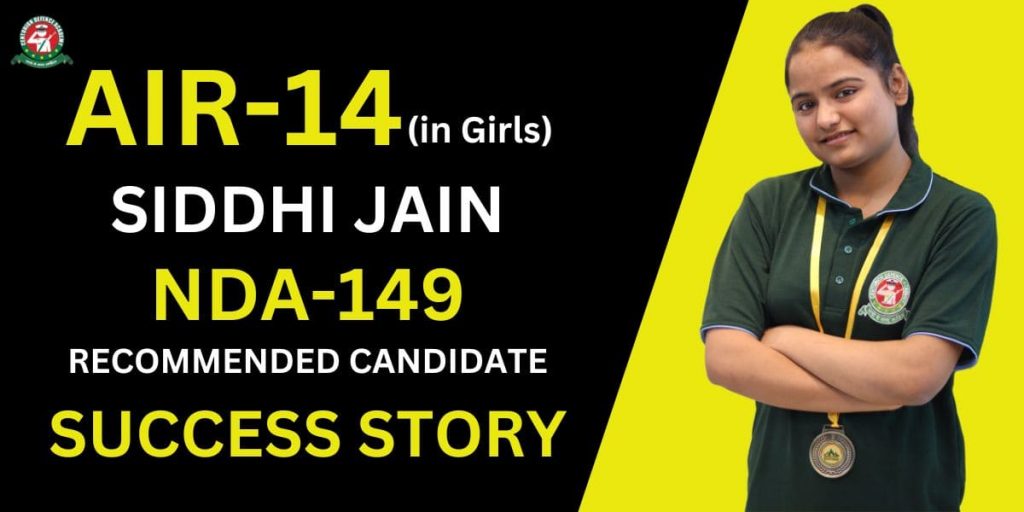

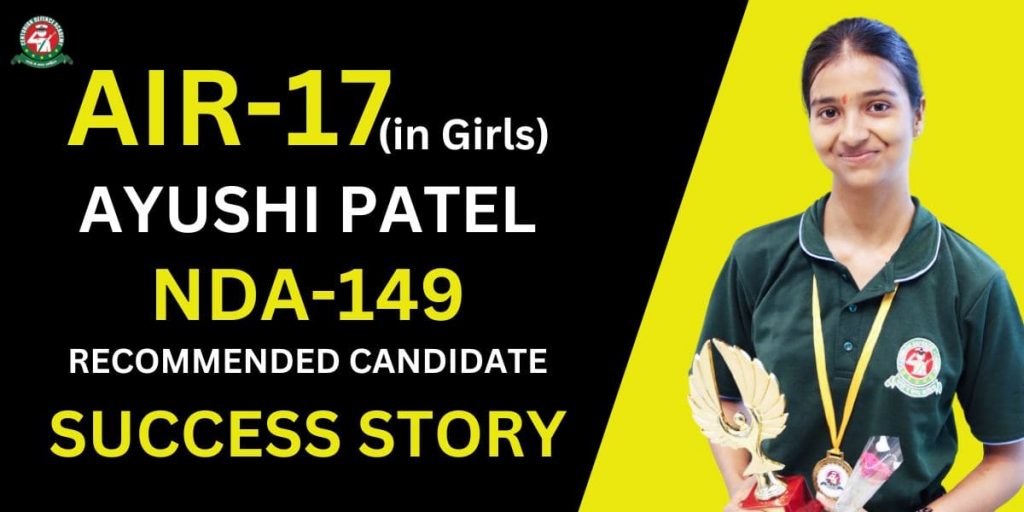
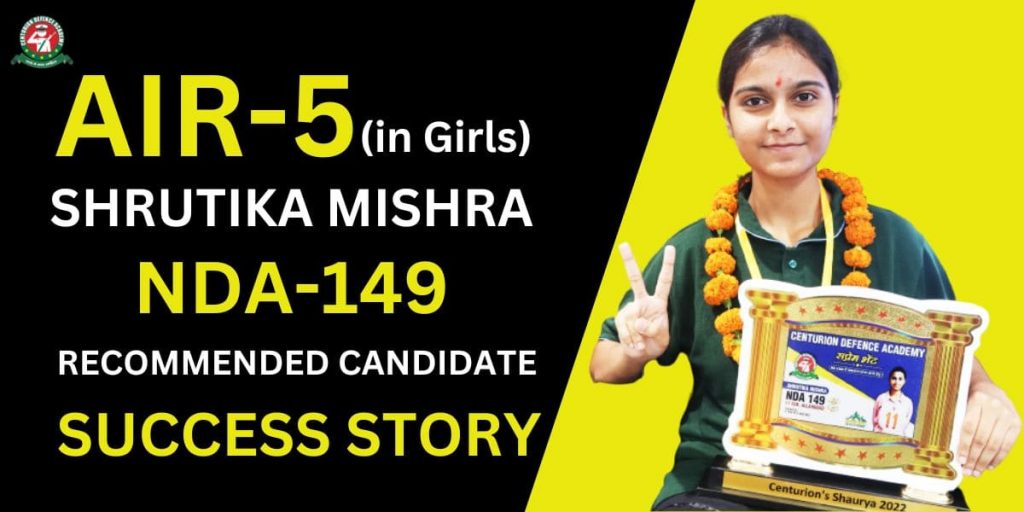
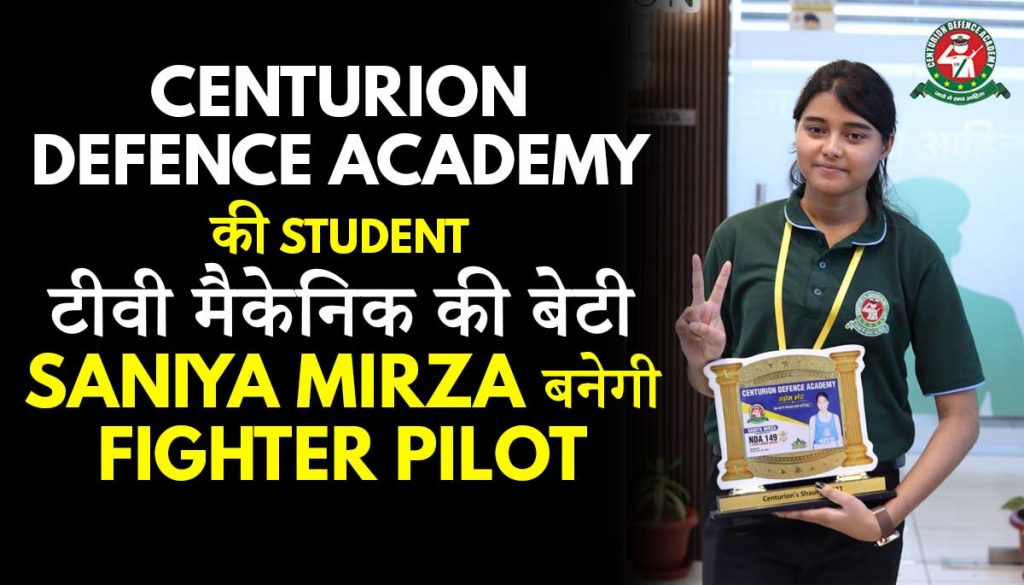

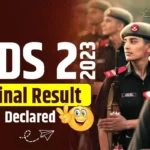
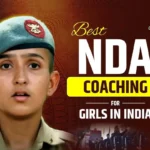
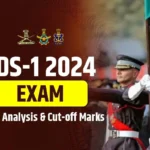
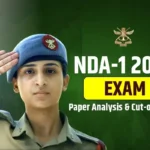




Leave Comment